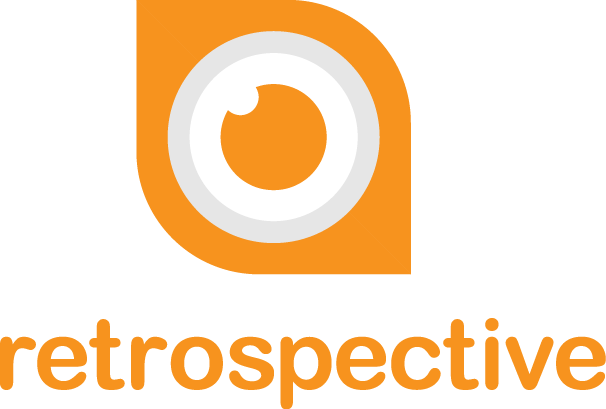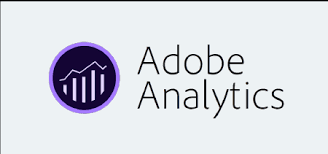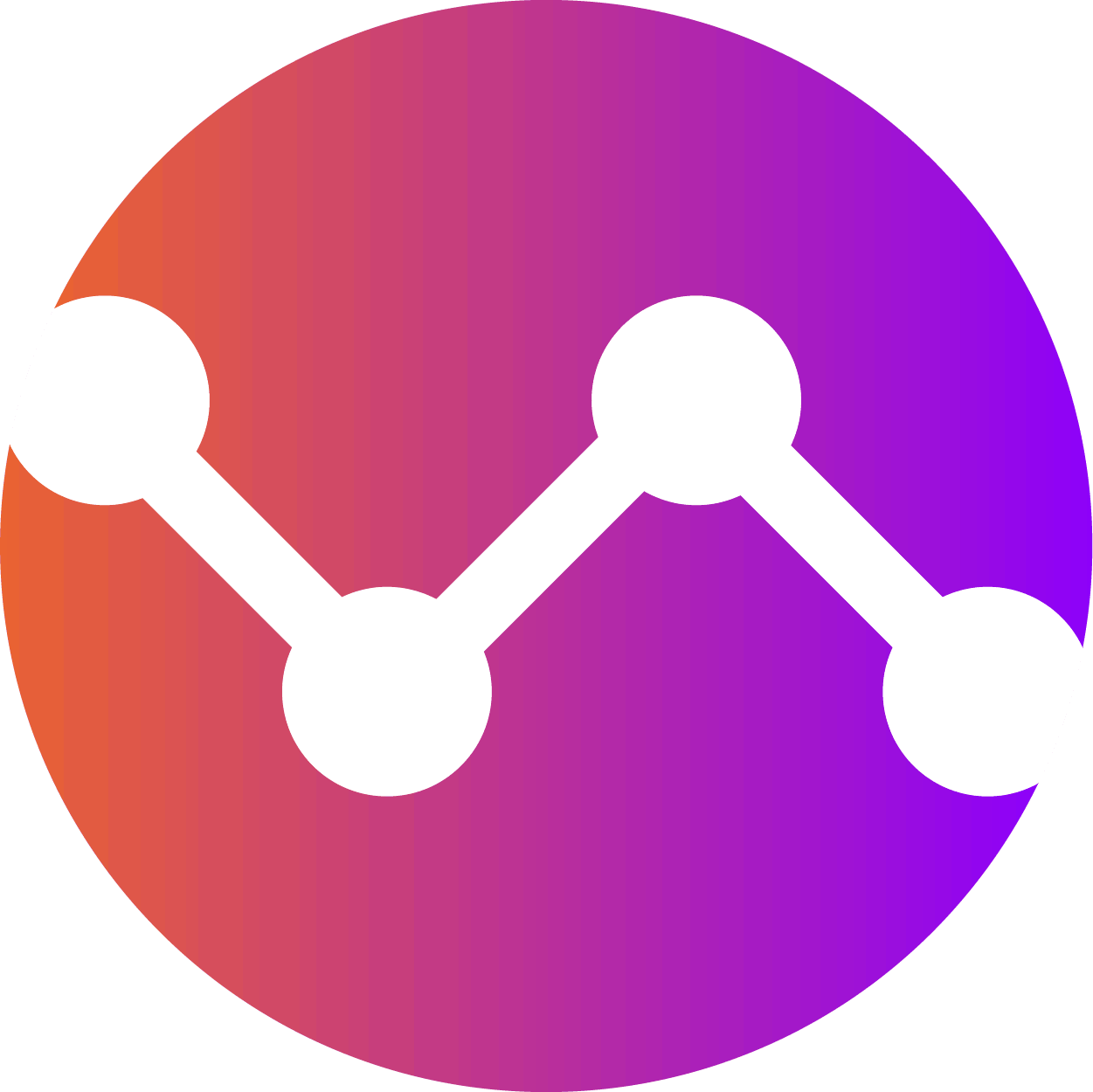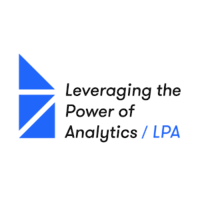What Are The Recent Trends In Data Analysis Tools?
The need for data analysis tools has significantly increased in recent years. Businesses and organizations are becoming more and more aware of the significance of using this data to obtain insightful knowledge and make data-driven decisions as the volume of data collected is growing at an exponential rate. Because of this, data analysis tools have changed to adapt to the ever-evolving demands of businesses. They now include cutting-edge features and technology that enable enterprises to fully utilize their data. We will examine the leading data analysis tool trends that all buyers need to be aware of in this buyer's guide.
1. Machine Learning And Artificial Intelligence: Combining machine learning (ML) and artificial intelligence (AI) skills is one of the biggest developments in data analysis tools. These cutting-edge technologies have improved the accuracy and efficiency of data processing and made it possible to automate a number of manual processes. Businesses trying to obtain a competitive edge can now benefit greatly from data analysis tools that can manage large data sets, spot patterns and trends, and offer predictive insights thanks to AI and ML.
2. Analytics In Real Time: Real-time analytics capabilities are another development in data analysis technologies. Data analysis tools have developed to allow for real-time data analysis, offering current insights that can inform company strategy, in response to the growing demand for quick decision-making. Businesses in highly dynamic areas like banking, e-commerce, and healthcare, where prompt judgments are essential, may find this real-time analytics function very helpful.
3. Solutions Based: on the Cloud Data analysis tools have historically been costly and difficult to manage because they were deployed on-premise. But because to the growth of cloud computing, companies may now subscribe to powerful data analysis tools, doing away with the need for pricey software and hardware. Furthermore, cloud-based solutions are scalable and flexible, enabling companies to modify their data analysis requirements as their data demands expand.
4. Interactive And Collaborative: Features Nowadays, analyzing and interpreting data requires collaboration between various stakeholders within a business. Because of this, data analysis tools increasingly have interactive and collaborative capabilities that let team members work together on data analysis and instantly exchange ideas. This facilitates more effective decision-making and encourages communication and teamwork.
5. Visualization Of Data: It is getting harder and harder to make sense of all the data that is being generated. Data visualization has therefore emerged as a key trend in data analysis tools. Users can more easily comprehend complex data sets and see patterns and trends more rapidly because to the interactive and aesthetically pleasing ways that modern data analysis tools present data.
Benefits Of Using Data Analysis Tools
Strong software applications known as data analysis tools enable users to collect, arrange, and evaluate big data sets more quickly and effectively. Because they offer a number of advantages that support decision-making and overall business success, these tools are growing in popularity across a range of industries. The main advantages of employing data analysis tools and how they might benefit your company will be covered in this buyer's guide.
1. Faster And More Accurate Data Analysis: The ability of data analysis tools to process and analyze vast amounts of data quickly is one of its main advantages. These tools save you time and effort by swiftly sorting through large amounts of data thanks to their sophisticated algorithms and methodologies. In addition, they can offer insights that are more accurate and trustworthy than manual data analysis, which is subject to human mistake.
2. Better Decision-Making: By offering insightful information and patterns derived from real-time data, data analysis tools can assist companies in making more educated decisions. This enables companies to spot trends and patterns that they might have missed otherwise. Businesses may make strategic decisions that can result in higher performance, cost savings, and increased efficiency by having a thorough grasp of their data.
3. Improved Data Visualization: A range of visualization capabilities provided by data analysis tools can assist in presenting complex data in a way that is both aesthetically pleasing and simple to comprehend. Charts, graphs, and heatmaps are examples of visualizations that help businesses better understand and convey their data. This facilitates the sharing of insights with stakeholders and is particularly advantageous for data-driven reports and presentations.
4. Data Centralization And Integration: The majority of data analysis tools enable the integration of data from several sources, including databases, social media platforms, and spreadsheets. Businesses are able to concentrate their data in this way, which makes it simply accessible and well-organized. Businesses can obtain a more thorough grasp of their operations and spot any inefficiencies or potential development areas by centralizing all of their data.
5. Cost-Effective: Data analysis tools can save a business money over the long run, even if they might need an initial investment. Businesses can save time and resources that could be used more effectively elsewhere by automating the data analysis process. Additionally, firms may eventually observe an improvement in their bottom line as a result of better decision-making and efficiency.
What Are The Key Features To Look For In Data Analysis Tools?
Any company or organization that wishes to use data to inform choices must have access to data analysis tools. The emergence of big data has led to an abundance of data analysis tools on the market. But not all tools are made equal, and it can be difficult to pick the best one for your needs. Here are the essential characteristics to search for in data analysis tools to assist you in making an informed choice:
1. Capabilities For Data Integration: A effective data analysis tool should be able to combine data from multiple sources, including spreadsheets, databases, and other programs. This feature is essential since it saves you time and effort by enabling you to analyze all of your data in one location.
2. User-Friendly Interface: For people who are not tech-savvy, an intuitive interface is crucial. A decent data analysis tool should be easy to use and browse with a straightforward UI.
3. Visualization Tools: One of the most important features to look for in a data analysis tool is the capacity to create visual representations of data, such as charts and graphs. Complex data sets are simpler to comprehend and analyze thanks to these visuals.
4. Advanced Analytics: Seek out technologies with advanced analytics features like artificial intelligence, machine learning, and predictive analytics. These characteristics can assist you in drawing insightful conclusions from your data and producing precise future forecasts.
5. Customization Choices: A decent data analysis tool should include customization choices to meet the specific needs of each firm, as each has different data analysis requirements. Seek out resources that let you design unique dashboards, reports, and visualizations based on your needs.
6. Collaboration Features: Since analyzing data frequently calls for a large team, a decent tool should offer collaboration features to facilitate smooth interaction. Seek for tools with capabilities like version control, commenting, and data sharing.
7. Data Security: Selecting a data analysis tool with strong security features is essential given the growing concern for data protection. This covers frequent backups, user access limits, and data encryption.
Which Industries Can Benefit The Most From Data Analysis Tools?
Tools for data analysis are now necessary for companies of all sizes and sectors. They enable businesses to remain ahead of the competition, obtain insightful information, and make data-driven decisions. These instruments, however, can be more advantageous for some industries than others.
1. Finance And Banking: From transaction records to client information, the finance and banking sector handles a lot of data every day. Tools for data analysis can aid in trend identification, market movement prediction, and improved risk management.
2. Healthcare: Data analysis technologies are essential for enhancing patient care, identifying illnesses, and expediting processes in the healthcare sector. To improve the general standard of care, these technologies can evaluate patient data, medication effectiveness, and treatment results.
3. E-Commerce: As e-commerce expands quickly, companies must deal with a large volume of data from marketing efforts, online transactions, and consumer behavior. Understanding consumer preferences and behavior, refining pricing tactics, and enhancing client involvement are all made possible by data analysis technologies.
4. Manufacturing: Because data analysis tools may be used to detect machine breakdowns, optimize supply chain operations, and analyze production data, they have become indispensable for the manufacturing sector. Businesses benefit from improved decision-making, lower expenses, and enhanced efficiency as a result.
5. Retail: To increase sales and develop focused marketing efforts, the retail sector mostly depends on consumer data. Retailers may boost sales and customer happiness by using data analysis tools to better understand the habits, tastes, and purchasing patterns of their customers.
6. Telecoms: Data analysis tools are essential for evaluating customer data, assessing network performance, and forecasting customer attrition in the rapidly evolving telecoms sector. This aids telecom firms in retaining clients and offering superior services.
Conclusion
In summary, data analysis tools are now a crucial component of any company or organization since they offer insightful information and support the process of making data-driven decisions. Considerations like cost, user-friendliness, and data complexity are crucial when selecting the best solution for your requirements. Given the abundance of possibilities, it is essential to carry out in-depth study and assess each tool's features and capabilities to make sure they meet your unique needs.
To guarantee seamless setup and use, it is also advised to select a tool that provides extensive support and resources, including tutorials and customer care. It's also a good idea to choose a product that offers a free trial period so you can test its functionality and see whether it fulfills your needs before committing to a purchase.
Finally, as your company expands and changes, keep reevaluating your data analysis requirements and think about upgrading to more sophisticated solutions. Purchasing an appropriate data analysis tool will help your business or organization succeed by reducing costs and time while also facilitating more precise and efficient decision-making. We hope that this buyer's guide has given you useful information and assisted you in selecting the best data analysis tool for your requirements.






















